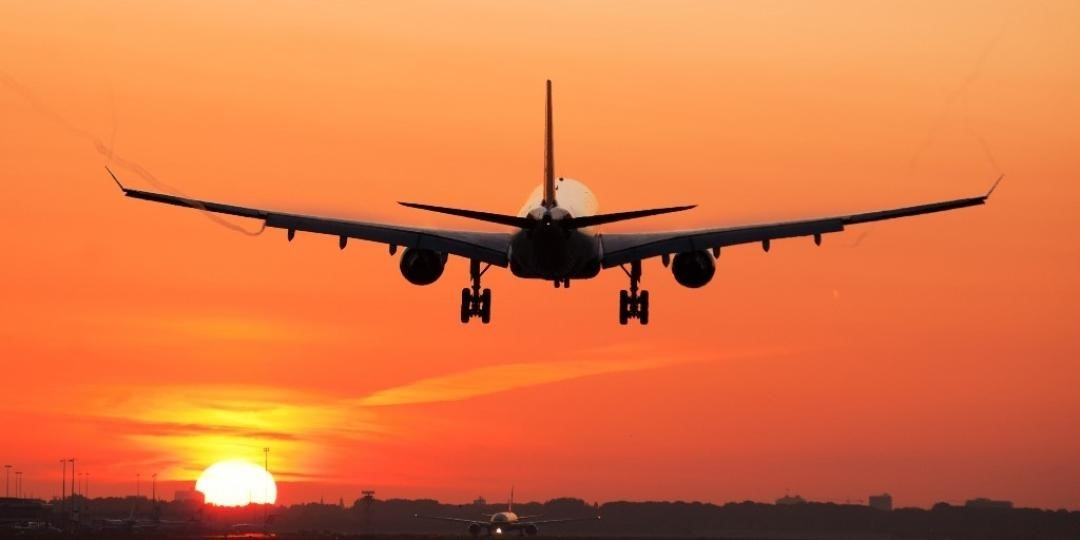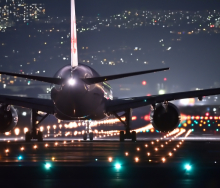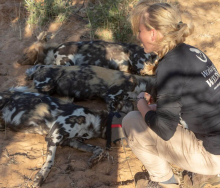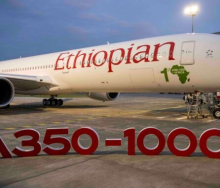Iata’s latest stats indicate that global air traffic has shown a near recovery across the board. Despite ongoing supply-and-demand challenges and climate change concerns post-pandemic, November 2023’s figures for total air traffic are at 99,1% of November 2019’s levels and demonstrating strong growth.
“We are moving ever closer to surpassing the 2019 peak year for air travel. Economic headwinds are not deterring people from taking to the skies. International travel remains 5,5% below pre-pandemic levels but that gap is rapidly closing. And domestic markets have been above their pre-pandemic levels continuously since April,” says Willie Walsh, Iata Director General.
International and domestic traffic
Measured in RPKs, total global air traffic in November 2023 compared with the same period in 2022 rose 29,7%.
With all regions improving, international traffic is up by 26,4%, and Asia-Pacific reported the strongest results with an increase of 63,8% from 2022.
Domestic air traffic for November 2023 is up 34,8% compared with November 2022 and 6,7% higher than November 2019 levels.
Africa lags, Latin America leads
Africa accounts for just 2,1% of total air traffic. While the continent saw a 22,1% rise in November 2023 RPKs versus 2022 levels, with capacity up by 29,6%, its load factor fell 4,3 percentage points – the lowest among all regions. On average, only 69,7% of the available revenue-generating seats were taken up in the market on each flight.
By comparison, Latin America’s air traffic climbed 20% for the same period, with capacity increasing by 17,7%. Load factors for the region rose 1,7 percentage points to an impressive 84,9% – the highest regional performance.
The future of aviation lies in sustainability
According to Walsh, governments worldwide recognise the urgency of transitioning from jet fuel to SAF, with a consensus that adopting SAF will result in a carbon saving of 5% by 2030. Similarly, COP28 in December saw governments agreeing that a broad transition from fossil fuels to SAF must be implemented to avoid the worst effects of climate change.
“Airlines don’t need convincing. They agreed to achieve nett-zero carbon emissions by 2050 and every drop of SAF ever made in that effort has been bought and used. There simply is not enough SAF being produced. So we look to 2024 to be the year when governments follow-up on their own declarations and finally deliver comprehensive policy measures to incentivise the rapid scaling-up of SAF production,” concluded Walsh.















